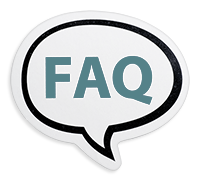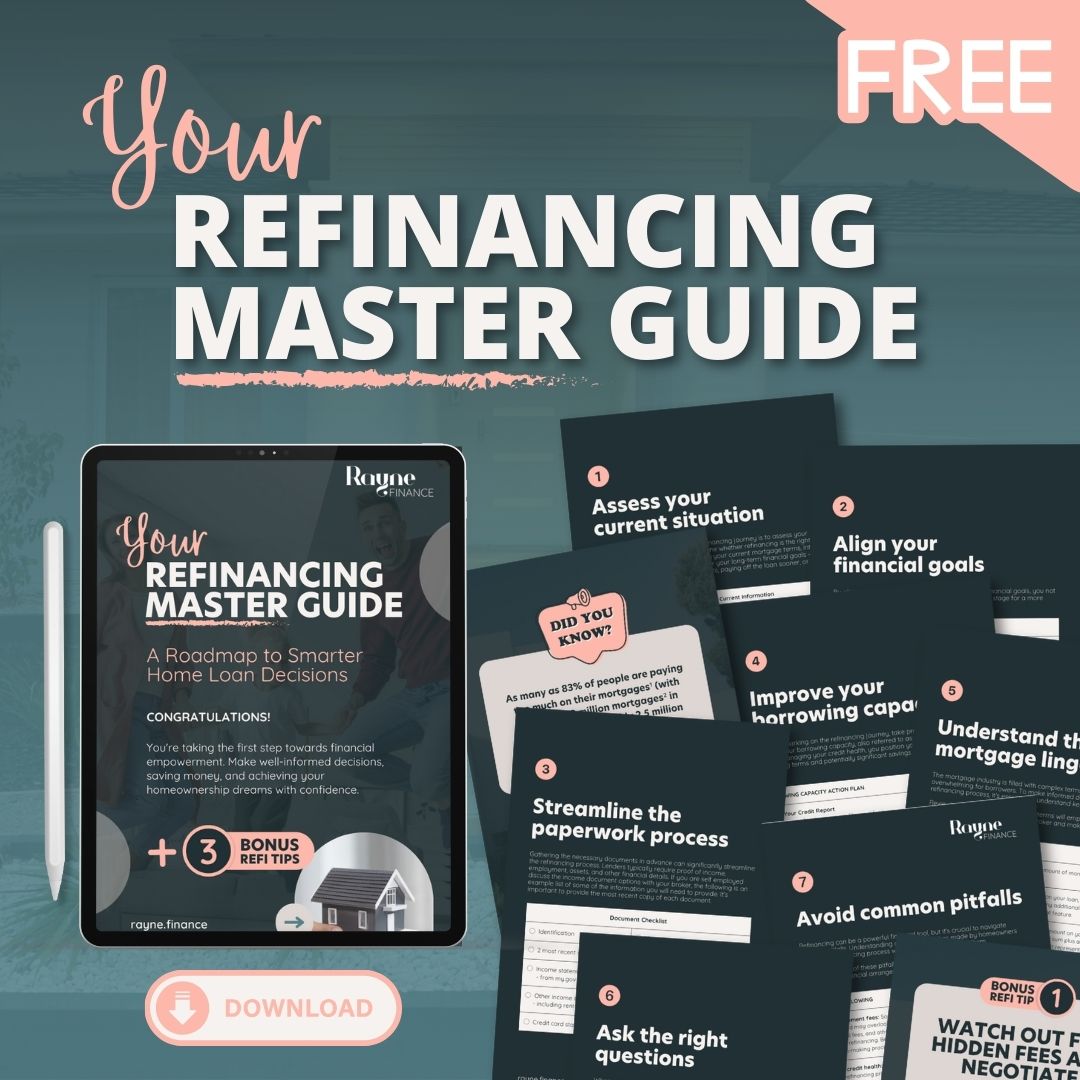As more Australians look for ways to minimise their carbon footprint, a growing number of lenders are backing them with ‘green’ loans.
Green loans, also known as sustainable loans, are loan products that can be used to finance the purchase of energy-efficient homes, the construction of energy-efficient homes and green renovations. They can also be used for things like:
- Battery storage.
- Double glazing.
- Electric vehicles and EV charging stations.
- Energy-efficient air conditioning, lighting and white goods.
- Grey water treatment systems.
- Home ventilation systems.
- Insulation.
- Inverters.
- Solar panels and hot water systems.
Green home loans vs regular mortgages
The application process for a green home loan is similar to that for a regular mortgage. The key difference, though, is that green home loans may offer lower interest rates, lower fees and more flexible borrowing conditions.
That’s why, as part of the application process, you’ll need to explain what you’re planning to use the loan for and confirm that your project meets the lender’s environmental guidelines.
The benefits of green homes
Making your home more environmentally friendly carries several benefits, the most obvious ones being lower emissions, lower running costs and (generally) higher liveability.
But there are other benefits, which Domain explored in its Sustainability in Property 2024 report.
When Domain compared green property listings with non-green listings, Domain found that green homes:
- Attracted more views
- Sold faster
- Sold for higher prices
So making your home more energy-efficient is also likely to increase its resale value.
Licensing statement: Rayne Finance ABN [70 605 100 838] is authorised under LMG Broker Services Pty Ltd Australian Credit Licence 517192. Disclaimer: (1) As with any financial scenario there are risks involved. This information provides an overview or summary only and it should not be considered a comprehensive analysis. You should, before acting in reliance upon this information, seek independent professional lending or taxation advice as appropriate and specific to your objectives, financial circumstances or needs. This publication is provided on the terms and understanding that: (2) LMG Broker Services Pty Ltd, Rayne Finance (Seed Lending Pty Ltd) and the authors, consultants and editors are not responsible for the results of any actions taken on the basis of information in this publication, nor for any error in or omission from this publication. (3) LMG Broker Services Pty Ltd, Rayne Finance (Seed Lending Pty Ltd) and the authors, consultants and editors, expressly disclaim all and any liability and responsibility to the maximum extent permitted by the law to any person, whether a purchaser or reader of this publication or not, in respect of anything, and of the consequences of anything, done or omitted to be done by any such person in reliance, whether wholly or partially, upon the whole or any part of the contents of this publication.
Explore other FAQs and Facts
How much do you need for a home deposit?
Buying a property but don’t have the deposit in cash right away? There may be an alternative worth considering. In some situations, buyers can provide a guarantee instead of upfront funds. It’s a tool that can offer flexibility without compromising the seller’s confidence, but how does it actually work?
What are deposit bonds and how do they work?
Buying a property but don’t have the deposit in cash right away? There may be an alternative worth considering. In some situations, buyers can provide a guarantee instead of upfront funds. It’s a tool that can offer flexibility without compromising the seller’s confidence, but how does it actually work?
Understanding conditional loan approval
Thinking about buying a property? You’ve probably heard the term “conditional approval” thrown around but what does it actually mean, and how does it differ from unconditional approval? Understanding the difference can help you feel more confident, better prepared, and avoid surprises as you move through the home loan process.
How to use equity to purchase property
Equity in your home can open doors to new financial opportunities, including property investment, renovations, or debt consolidation. It’s about understanding what you’ve built up—and how to use it wisely. With the right guidance, equity can help you move forward with confidence, but it’s important to weigh the benefits and risks.
What are low-doc loans and who are they for?
Low-doc loans offer a solution for self-employed borrowers who lack traditional financial documents like payslips or tax returns. Instead, lenders assess income using BAS, bank statements, or accountant declarations. While these loans provide flexibility, they often require higher deposits and carry stricter conditions, making them best suited for specific borrower situations.
Home loan redraw facilities explained
A home loan redraw facility lets you access extra repayments you’ve made on your mortgage, helping to lower interest while offering flexibility if you need funds later. It differs from an offset account in accessibility and structure, with pros and cons depending on your spending habits and how easily you need to access savings.
Help to Buy scheme and changes to how lenders consider student debt
More Australians could soon enter the property market with just a 2% deposit, thanks to the expanded Help to Buy scheme. Meanwhile, new lending guidance means student debt will now be treated more flexibly, helping younger buyers. These changes aim to make homeownership more accessible for low- and middle-income earners.
What the federal budget means for buying property
The 2025 federal budget introduces key measures affecting home buyers, including an expanded Help to Buy scheme, increased infrastructure investment, and incentives to grow the construction workforce. Foreign investors face new restrictions, and funding for prefabricated homes aims to accelerate supply. These changes could significantly reshape Australia’s property market.
Own your debt before it owns you
Here’s the hard truth: If you’re not in control of your debt, it’s controlling YOU.
Debt doesn’t just sit quietly in the background. It piles up, creeps into your financial freedom, and slowly starts calling the shots. It’s time to flip the script.
Find out how taking control of your debt can restore your financial freedom and bring peace of mind.
Rental growth slows as affordability is stretched
Rental growth slowed in 2024, despite the national median rent rising 4.8% for the year. Affordability pressures led renters to form larger households, easing demand. Meanwhile, increased investor activity added supply, lifting vacancy rates slightly to 1.9%. Still, with rents rising and vacancies low, many investors remain in a strong position.














